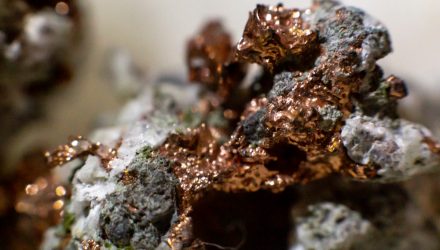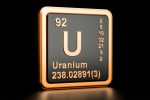Given its key role in the global transition to renewable energy sources, copper has been officially classified as a critical mineral in the eyes of the U.S. Department of Energy (DOE).
There are stringent requirements when it comes to the critical mineral classification. According to the U.S. Geological Survey, it must meet three criteria:
- It is essential to economic and national security
- It plays a key role in energy technology, defense, consumer electronics, and other applications
- Its supply chain is vulnerable to disruption.
Per a Kitco News report, though copper meets the criteria, its risk score didn’t qualify it as an official critical mineral. Instead, it was more of a “pseudo critical mineral”.
However, that officially changed on July 31, 2023 as the DOE relented, making copper a critical mineral. This move followed suit of other nations that had already done the same, including the European Union, China, and Canada.
Copper joins the DOE’s critical minerals list that includes aluminum, cobalt, dysprosium, electrical steel, fluorine, gallium, iridium, lithium, magnesium, natural graphite, neodymium, nickel, platinum, praseodymium, terbium, silicon, and silicon carbide. Copper’s electrical conductivity properties make it a key mineral when manufacturing renewable energy technology related to wind, solar, hydro, thermal, and electric vehicle (EV) power.
Copper and Critical Minerals ETFs
One exchange traded fund (ETF) to play the move is the Sprott Junior Copper Miners ETF (COPJ), which seeks to provide investment results that track the total return performance of the Nasdaq Sprott Junior Copper Miners™ Index (NSCOPJ™) that incorporates mid-, small-, and micro-cap companies entrenched in the copper-mining related businesses. The fund offers a backdoor play on miners as demand grows for copper, so will ancillary services like mining.
A more broad play to consider for investors wanting generalized exposure to critical minerals is the Sprott Energy Transition Materials ETF (SETM). Per its fund description, SETM seeks to provide results that correspond to the total return performance of the Nasdaq Sprott Energy Transition Materials Index, which essentially tracks the performance of a selection of global securities in the energy transition materials industry.
Along with copper, with the demand for overall critical minerals projected to rise, the demand for miners who materially affect the supply will also increase. Given this, SETM provides investors access to the miners who produce uranium, lithium, copper, nickel, silver, manganese, cobalt, graphite, and also rare earth elements.
For more news, information, and analysis, visit the Gold/Silver/Critical Materials Channel.








